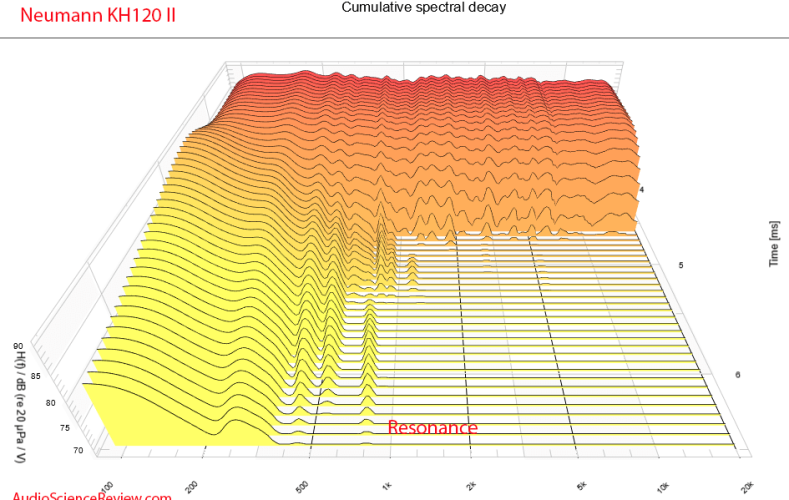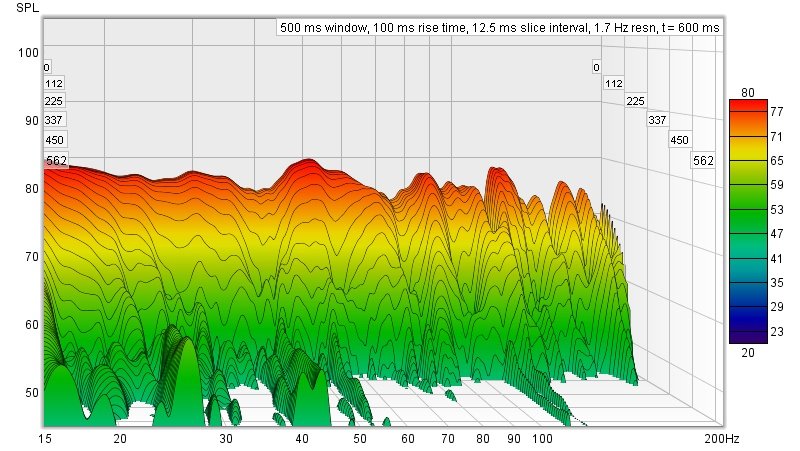With DACs/Amps and especially DAPs there is more to justify large fluctuations in price depending on tier. There's more immediate stuff going on between items. Faster processors, fancier sound chips, more features. So there I *kinda* get it.
Castleofargh pretty much covered everything with IEMs in post #2. DACs/Amps and DAPs are a little different though and I don’t really agree with your conclusion of there being a valid justification of large differences/fluctuations in price/price tiers. 20 years or so ago, expensive audiophile DACs were mostly identical to cheap mass produced DACs, same internals just in an expensive case/enclosure, so the enclosure and of course marketing were the only difference. More recently, the difference in most cases has been similar to the difference with amps, essentially a high R&D and/or component cost in order to either try to:
A. Create a bespoke/boutique design by effectively updating a superseded/outdated technology to give performance which approaches that of modestly priced modern technology. EG. The R2R topology, or tubes is another example.
B. Create a boutique design that increases some aspect of performance which is actually beyond that of modestly priced gear but which is completely superfluous to practical considerations/requirements. EG. Filters with ridiculously tiny transition bands or Femto clocks to reduce jitter, when jitter artefacts in modestly priced gear are already too tiny to even be resolved into sound.
C. In very rare cases, create a design with such poor fidelity that it’s actually audibly poorer. It takes some effort to design something these days which is that bad but still actually functions safely.
“
Fancier sound chips” is a red herring, there’s only a handful of chip manufacturers and the price difference between the TOTL chips and standard versions is just a couple of bucks or so and “
faster processors” are irrelevant to digital audio handling/conversion (but a good way to justify a higher price). “More features” of course depends on exactly what features but again is typically/often just a few bucks or so. This is demonstrated by the fact that you can get feature rich, well performing units that incorporate both DAC and ADC functionality/features including a whole bundle of audio software for around $100.
The difference then (apart from appearance, brand name and price) is marketing; boutique designs that are different to mass produced designs which presents opportunities to falsely market those designs as meaningfully/audibly superior. The disadvantage with these boutique designs, other than the obvious (that you’re paying several/many times more for the same or lower audible performance), is the stability/reliability of esoteric designs.
And just in case you’re under any illusions that this is an unusual or modern audiophile phenomenon, when do you think this was written: “
Today, a $1500 power amp is more likely to be a piece of junk than a $300 receiver, which generally delivers decent value for money. Price is no longer a meaningful indicator of quality; it has become a marketing gimmick.”? That was the Editor’s introduction in an audiophile magazine, The Audio Critic, January 1977 edition! (
Link here)
G
I note the glued-in non-replaceable batteries in particular, that now feature in so many products.





